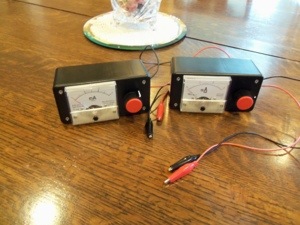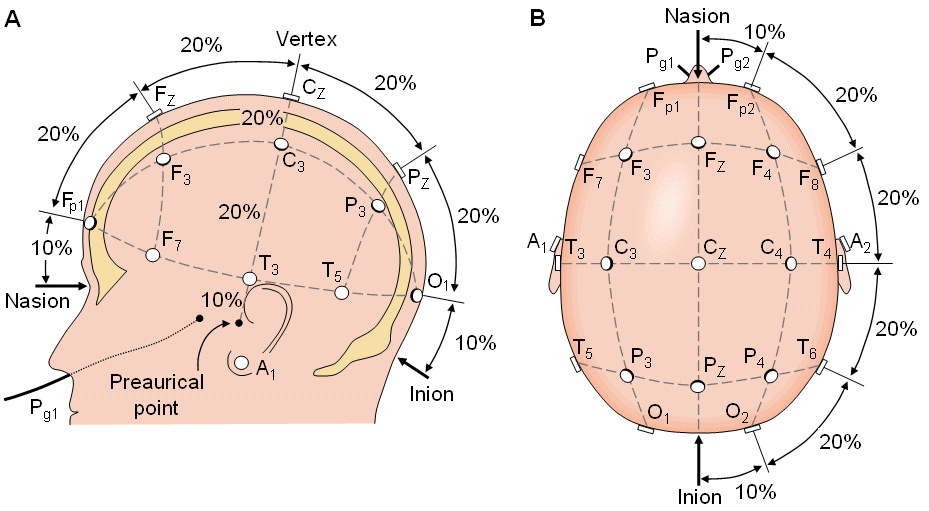Update 7/2/14 First of all, thanks Z for pointing out the two schematics that are now considered dangerous, in the sense that they could lead to an initial ‘zap’ and possible burn.
As I’ve mentioned earlier, I myself am not an electronics person. The notion of ‘Open tDCS’ was to develop an excellent device through Upverter (or similar online platform), that anyone could then order directly from a Chinese manufacturer (thereby circumnavigating any regulation issues etc).
We have yet to find an engineer to lead and build the design team and my thoughts about why are simply that people are too busy, or that they see a possible financial gain for their own device somewhere down the road. Considering the original post/Upverter account is a year and a half old, it seems unlikely we’ll find someone, but you never know!
——————————
Upverter is an online platform that allows for electronics to be designed, parted, and built. As I understand it, once the design is fixed, you shop for parts – inside of Upverter, and then submit your project (to Upverter’s Chinese partners) to be built. I’d mentioned Upverter on the tDCS subReddit a few times. I was hoping to pique the curiosity of the engineer types that had designed and built their own tDCS devices… Crowdsource the design, and then anyone can order one!
What happened was I got an email from Eric Evenchick, a ‘customer success / hardware engineer person’ at Upverter! Eric had seen my post and written to help. He waived the team fee, set up the project and ported the OpenStim Arduino-based tDCS design, by ohsnapitsnathan (Reddit handle).
I hope I didn’t step on any toes by collecting these schematics to one place. I wanted engineers to be able to see quickly how other designers have thought about building their devices. If you’re an engineer type interested in tDCS please join our Upverter team.
It feels silly to put it this way, when the very nature of Open implies extreme democracy, but here goes… Here’s my vision of an Open tDCS project.
- Build an Upverter team
- Design, part, and prototype a minimum viable tDCS device
- Working with an online ‘cognitive test’ site, build a protocol for measuring the effectiveness of tDCS
Later on we could develop a multi-channel device, and maybe this is just a fantasy, but if it could interact with the internet, researchers could design tests and collect data non-locally. How cool would that be?
The rest of this post will attempt to collect in one place the various schematics I’ve seen for DIY tDCS devices.
I called this one Imgur earlier on the blog. It comes from 55tfg7879fe42e345 (Reddit handle)
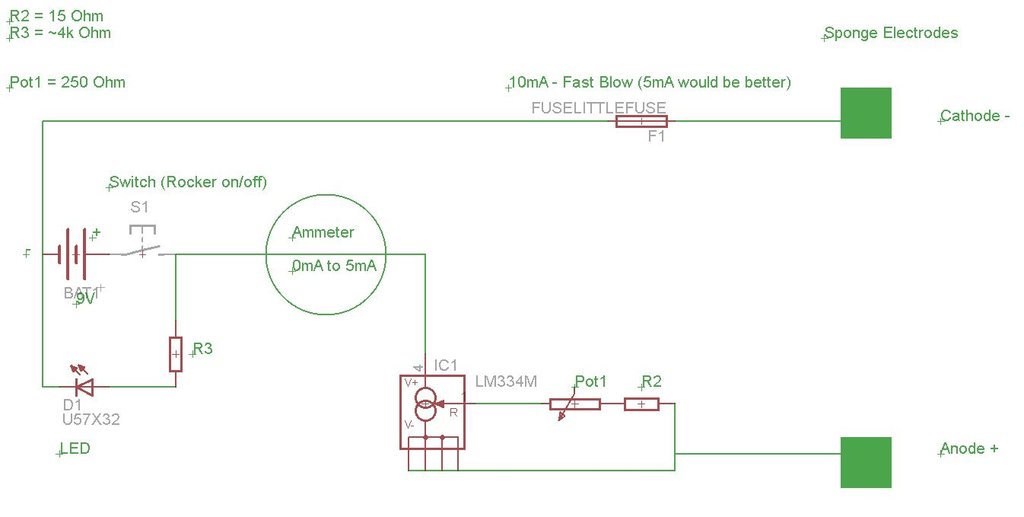
tDCS by 55tfg7879fe42e345
brmlab our Czech friends
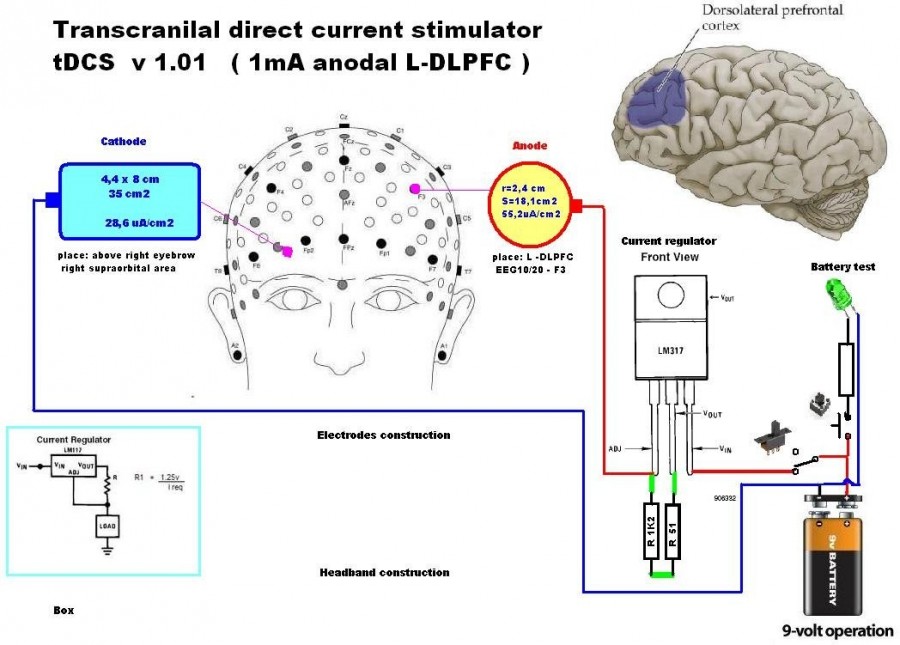
The Focus device.
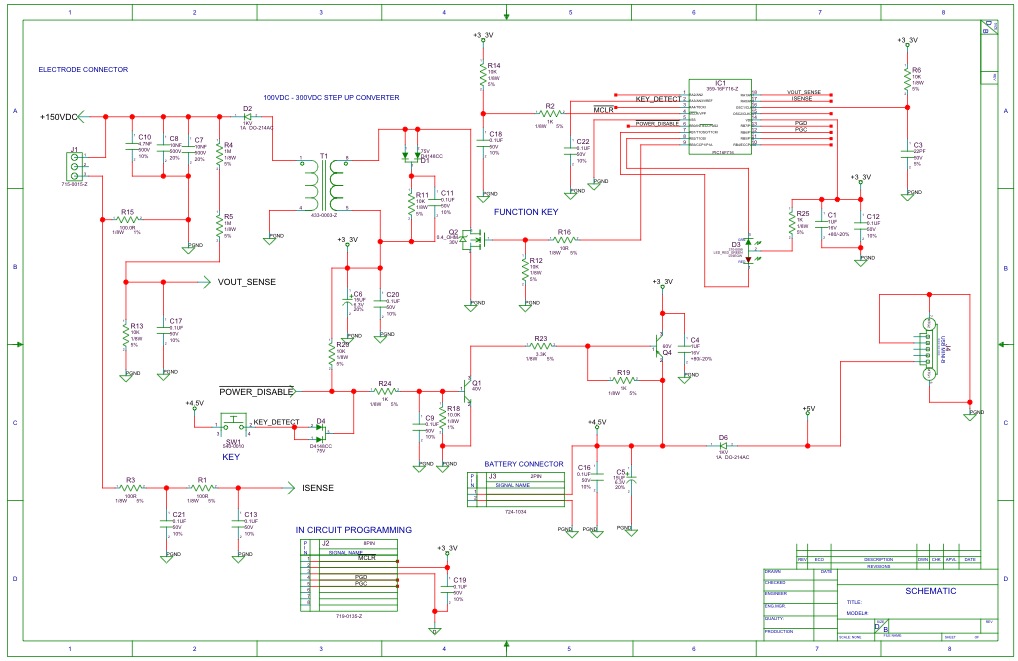
Focus V 1
And then the more advanced, programmable tDCS devices. OpenStim
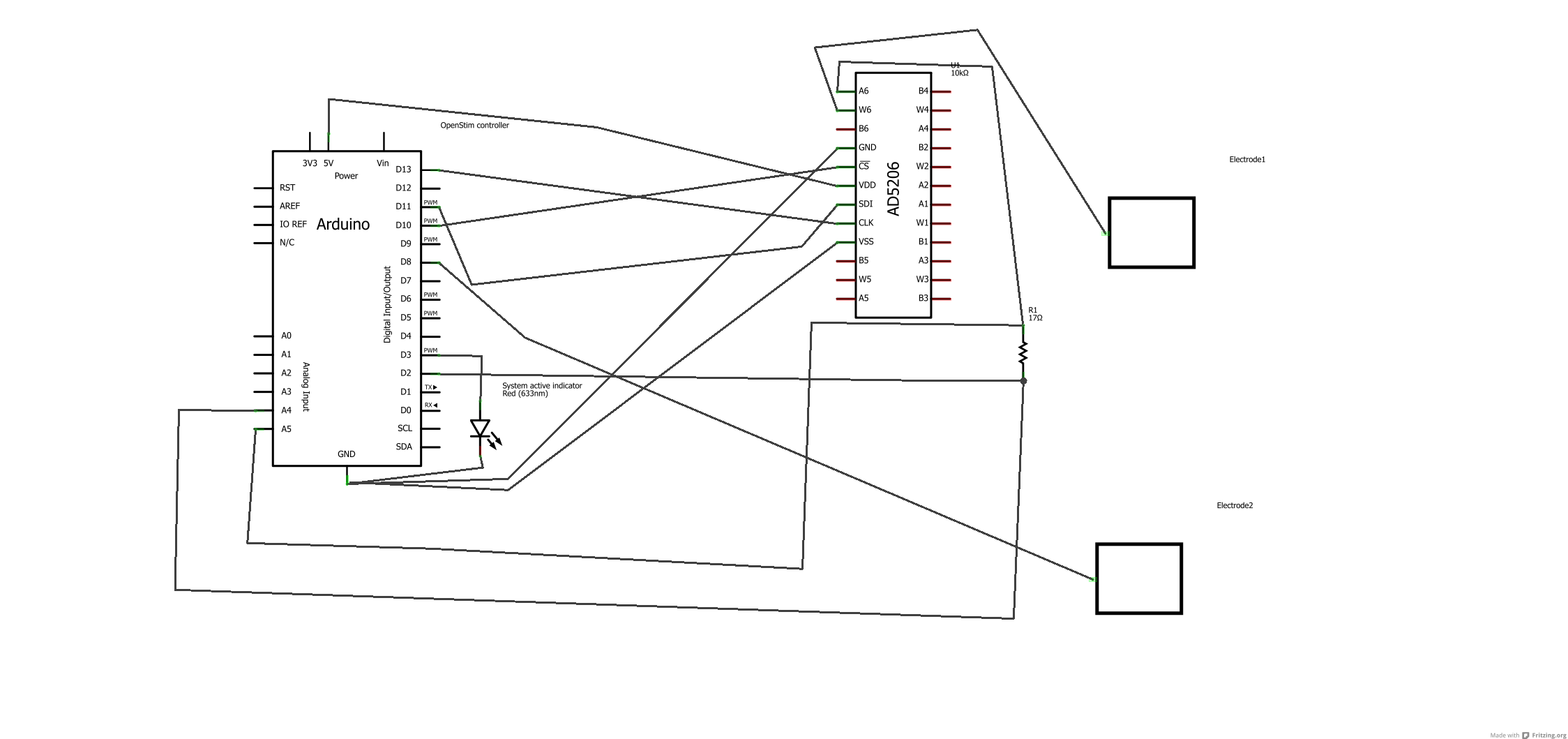
OpenStim
Open Stim Multi-Channel
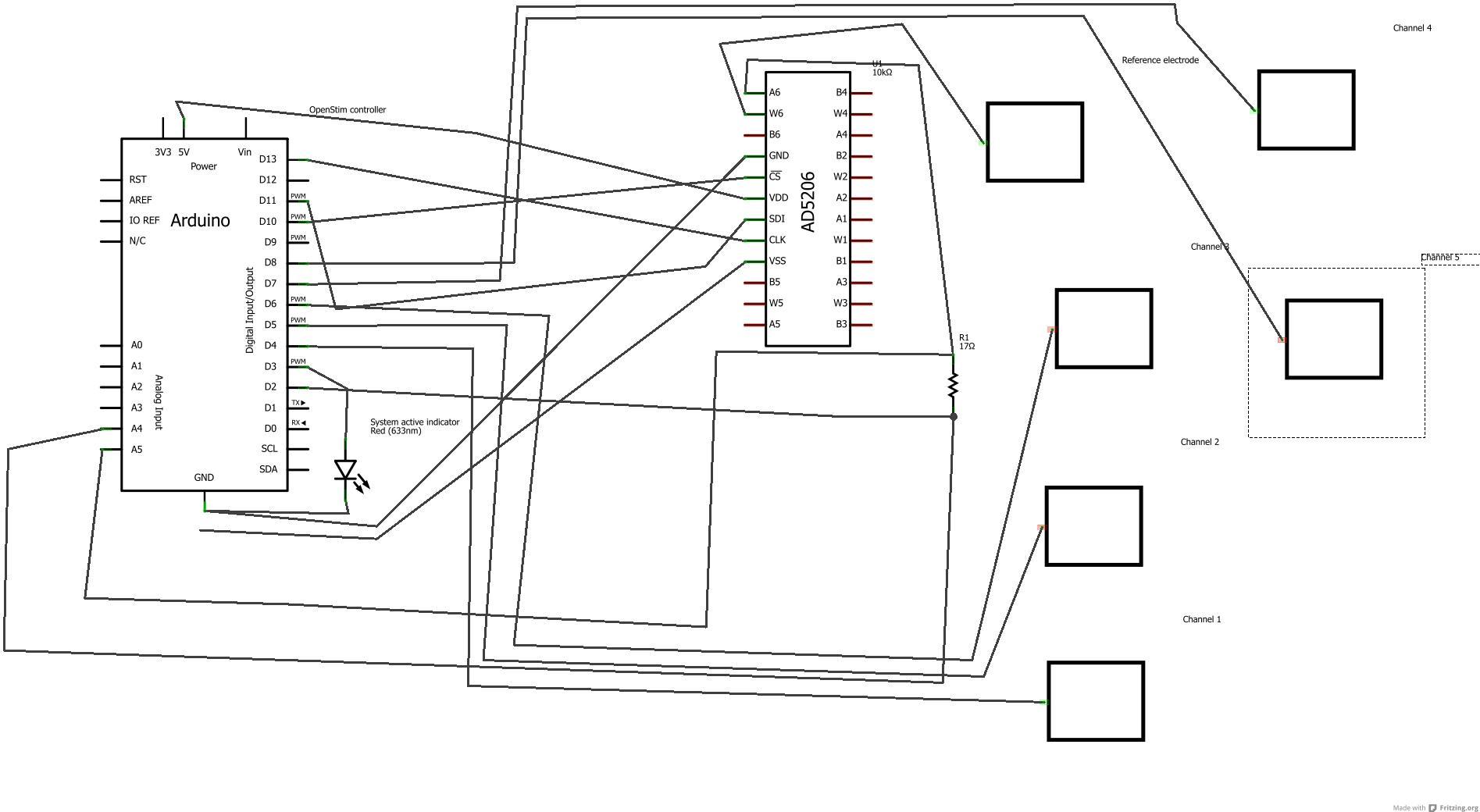
OpenStim Multi-Channel
Shawn Nock Version 2
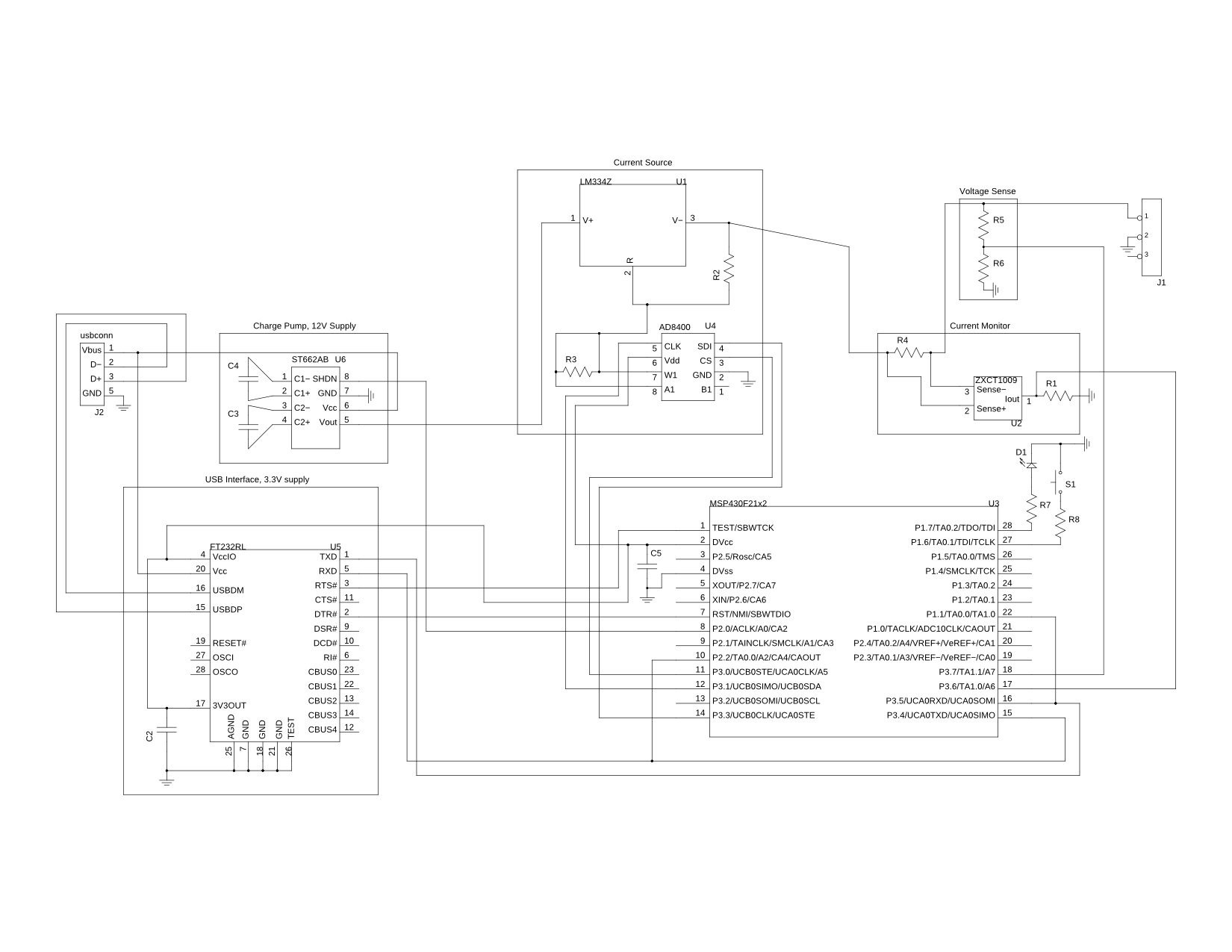
Shawn Nock Version 2
If you know of a schematic I missed please let me know, and even if you’re not an engineer, consider joining Upverter and ‘Following’ our project.

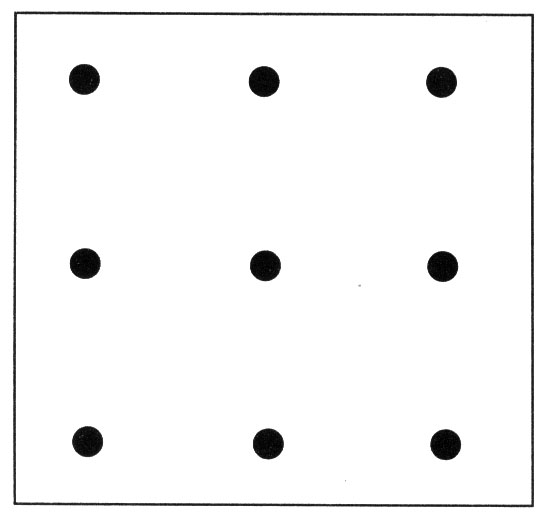 …we applied cathodal tDCS (1.6mA) at the left anterior temporal lobe (ATL) together with anodal tDCS at the right ATL for approximately 10 min… None of the 22 participants in the main experiment solved the nine-dot problem before stimulation. But with 10 min of right lat- eralizing transcranial direct current stimulation (tDCS), we found that more than 40% of participants could do so.
…we applied cathodal tDCS (1.6mA) at the left anterior temporal lobe (ATL) together with anodal tDCS at the right ATL for approximately 10 min… None of the 22 participants in the main experiment solved the nine-dot problem before stimulation. But with 10 min of right lat- eralizing transcranial direct current stimulation (tDCS), we found that more than 40% of participants could do so.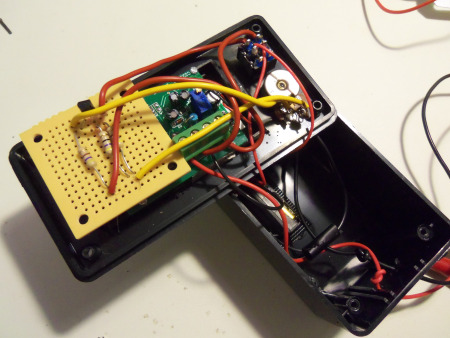 Dr. Brent Williams, at his SpeakWisdom blog, published
Dr. Brent Williams, at his SpeakWisdom blog, published 





